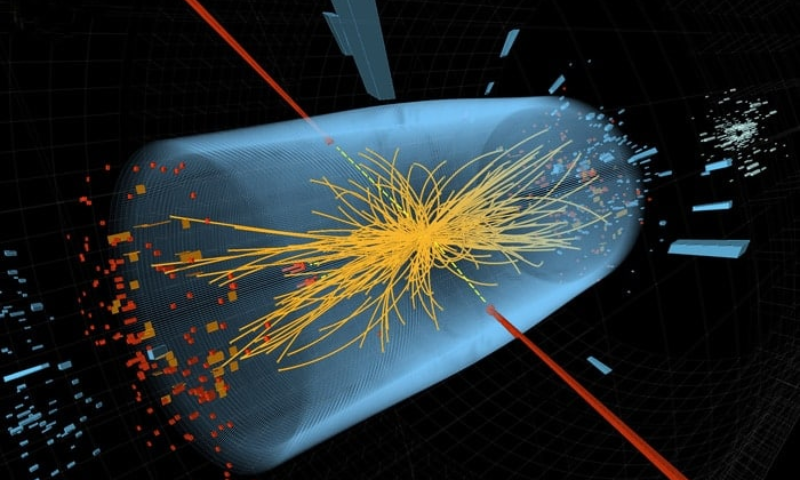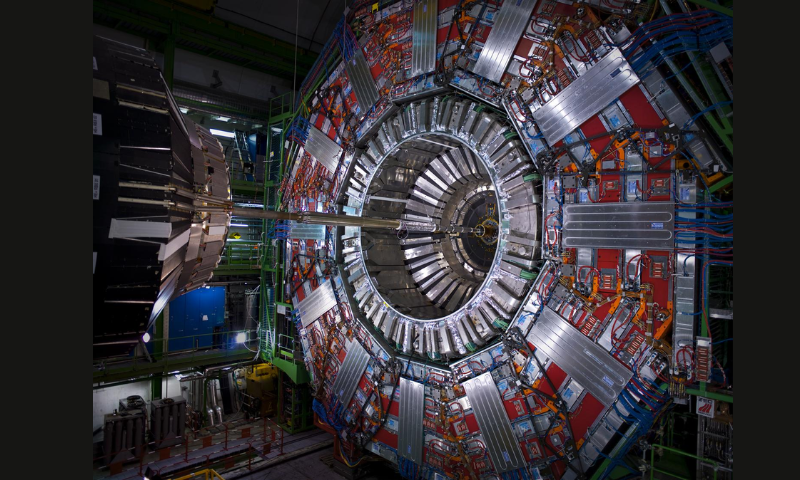GENEVA, Switzerland: Researchers at CERN’s Large Hadron Collider (LHC) have achieved a significant milestone in particle physics by directly observing high-energy electron and muon neutrino interactions in the Teraelectronvolt (TeV) range.
This groundbreaking discovery was made using the Forward Search Experiment (FASER), marking the first time neutrinos have been observed from a particle collider.
Neutrinos, known as “ghost particles” due to their weak interactions with matter, have long intrigued physicists. Despite being incredibly abundant, their detection has been notoriously challenging. The FASERν detector, a key component of the FASER experiment, played a crucial role in this discovery. The detector, consisting of 730 layers of tungsten plates and emulsion films, allowed researchers to reconstruct charged particle tracks with exceptional precision.
The research team analyzed a portion of the detector’s volume, identifying four electron neutrino and eight muon neutrino interaction candidates, all with energies exceeding 200 GeV. The statistical significance of these observations—5.2σ for electron neutrinos and 5.7σ for muon neutrinos—indicates that they are genuine neutrino interactions, not mere background fluctuations.
This study provides the first measurements of neutrino interaction cross-sections at TeV energies, filling a crucial gap in the field. These findings are consistent with the Standard Model and open new avenues for exploring fundamental questions in physics, such as the origin of particle mass and the matter-antimatter imbalance in the universe.
The research was published in Physical Review Letters on July 11, 2024, and is expected to have a profound impact on the future of experimental particle physics.



























